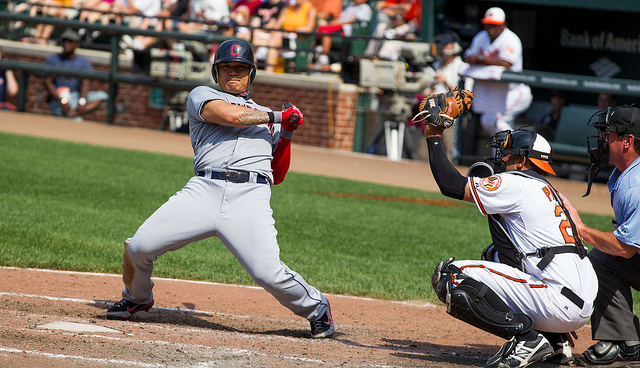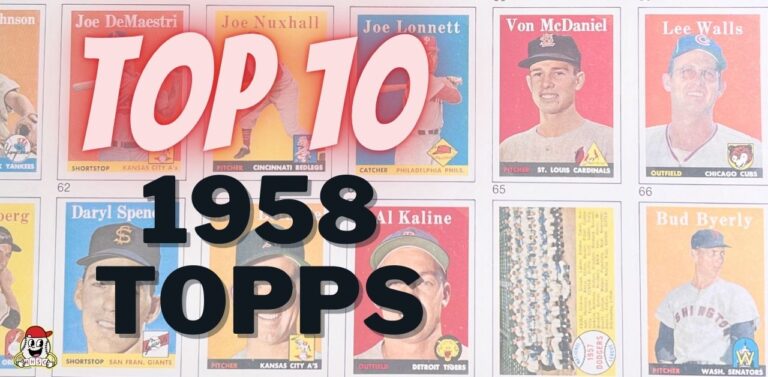The Stanford Prison experiment was a 1971 psychological study in which 24 male Stanford students were divided into two groups—12 guards and 12 inmates—in the Stanford psychology building and was funded by the US Office of Naval Research as an investigation into the causes of conflict between military guards and prisoners. The experiment was supposed to …
What the Stanford Prison Experiment and Stolen Base Totals Have in Common
The Stanford Prison experiment was a 1971 psychological study in which 24 male Stanford students were divided into two groups—12 guards and 12 inmates—in the Stanford psychology building and was funded by the US Office of Naval Research as an investigation into the causes of conflict between military guards and prisoners.
The experiment was supposed to last two weeks, but only lasted six days.
Guards preformed psychological torture on inmates, took away prisoners’ mattresses and made them sleep on the concrete, told them defecate in buckets that they were forced to keep in their cells, and even forced them to be naked as a method of degradation.
Philip Zimbardo, the experiment’s facilitator, concluded that both prisoners and guards had become grossly absorbed in their roles. From a wider perspective, it seemed that the situation, rather than the participants’ individual personalities, caused the participants’ behavior.
The same can be said for aspects of Fantasy Baseball, and how the role a player is placed in on their team may matter more than the actual skill set of that player.
As I discussed in my last article, a reliever’s value, regardless of their ability, is intrinsically tied to whether or not they are a teams closer.
For this week, I thought we would talk about stolen bases, how they are tied to the context of a team’s manager, and discuss players who might see a rise in stolen bases in 2014 from a change in organization.
2013 Stolen Base Attempts by Manager
[table id=62 /]
Managers that coached in 2013, but are no longer with that organization in 2014, have been removed from the chart.
As you can see there is a relatively high variation when it comes to the amount of times each manager attempted to steal a base in 2013. Whether this is a statistic that has a high year-to-year correlation, I don’t know, and could be a topic of another article for the future. Manager data is somewhat difficult to come by, and if someone knows of an easy place to find it, email me: devinjjordan@gmail.com.
Even if you think off the top of your head, you can find examples of players that switched teams in 2013 and had their stolen base numbers drop. B.j. Upton went from the Rays to the Braves and saw his stolen base number drop from 31 in 2012 to 12 in 2013, but that could have been a result of Upton’s inability to get on base in general in 2013.
Torii Hunter stole 9 bases in 2012 with the Angels, and only managed to swipe 3 bases in 2012 under Jim Leyland who had the third fewest stolen base attempts as a manager in 2013.
Josh Hamilton even saw his 7 stolen bases form Texas in 2012 shrink to 4 last year.
The effect passes the eye test on the surface, but more analytics need to be done on the topic to see if there is a high correlation with manager tendencies and player stolen base totals.
Players Whose Stolen Base Value Should Go Up in 2014
Shin Soo Choo: Texas Rangers

I wrote piece earlier in the offseason about how Shin-Soo Choo will see a major drop off in Fantasy value in 2014, mainly because of his inflated 2014 walk rate, but if Ron Washington allows him to run free in Texas, a regression in walk rate may not matter if Choo approaches 30 stolen bases.
Curtis Granderson: New York Mets
Dexter Fowler: Houston Astros
Adam Eaton: Chicago White Sox
Steamer projected Eaton to have 20 stolen bases in 2014, but he may not have achieved that if he stayed in Arizona with Kirk Gibson, who was in the bottom third of stolen base attempts in 2013, and had the worst success rate of any manager.
Chris Young: New York Mets
Devin Jordan is obsessed with statistical analysis, non-fiction literature, and electronic music. If you enjoyed reading him, follow him on Twitter @devinjjordan.










Comments
Alene Berendzen
Good article, thanks.